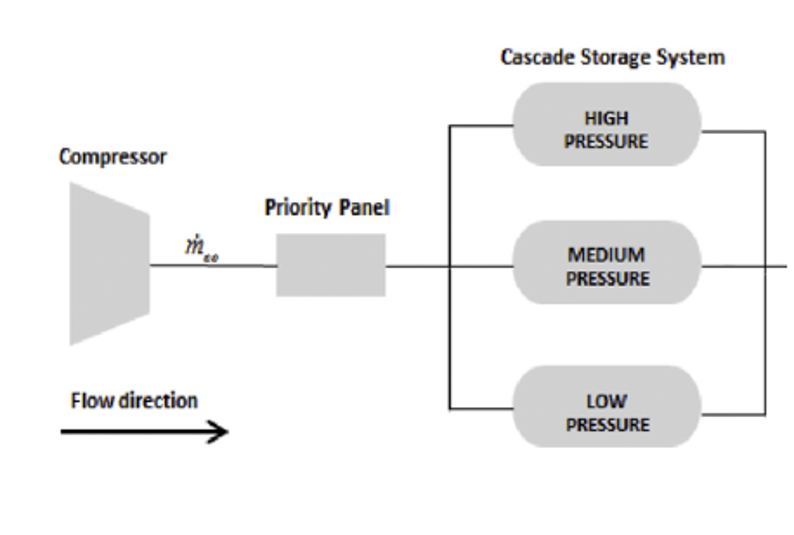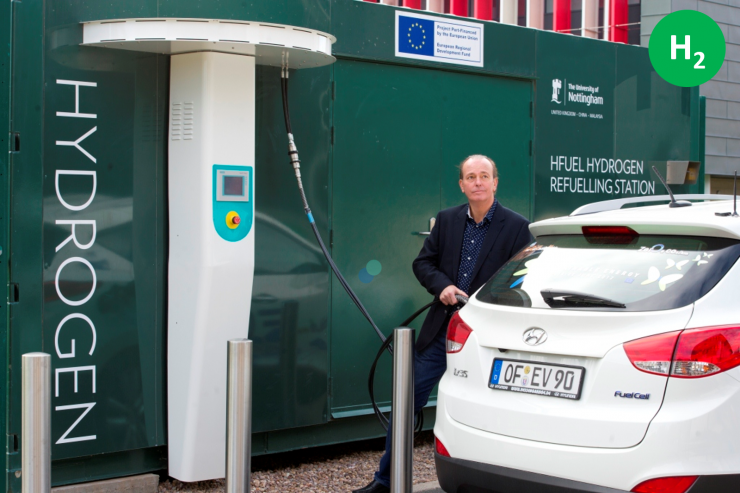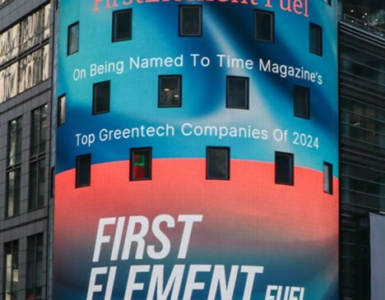What does a hydrogen refueling station look like? – Dr. Julio C. Garcia-Navarro.
In my last article, How to Make Electrolyzers Cheap, I wrote about the US as a source of a large amount of hydrogen research in the world. California, being (after Japan) the place in the world with the most operating Hydrogen Refueling Stations is the perfect source for research about the subject.
There is a lot of discussions about Hydrogen Refueling Stations (commonly abbreviated HRS) and how they are one of the key-enabling systems to introduce hydrogen in the transport & mobility sector. It occurred to me that, while many people recognize their importance, very few are stopping to wonder how they look like and, more importantly, if they are safe.
What is an Hydrogen Refueling Station? An HRS is, simply put, a station to refill hydrogen. It is similar in layout to a conventional petrol station but, unlike a petrol station, an HRS contains some additional components that are needed to deal with the unique characteristics of hydrogen and fuel cell-powered vehicles. A basic layout of an HRS that stores and dispatches compressed hydrogen can be seen below:
🔥 What about we co-host a webinar? Let's educate, captivate, and convert the hydrogen economy!
Hydrogen Central is the global go-to online magazine for the hydrogen economy, we can help you host impactful webinars that become a global reference on your topic and are an evergreen source of leads. Click here to request more details

Here is a short explanation on the function of each component in an HRS.
Hydrogen source storage. A hydrogen-filled tube trailer comes every now and then to fill up a tank within an HRS. This process is done at ambient conditions and at pressures around 200 bar.
Compressor. The compressor is used to increase the pressure of the hydrogen in the source storage and pump it to a different, higher pressure storage. Depending on the max. dispatch pressure (350 bar for heavy-duty, 700 bar for light-duty vehicles) of the HRS, the pressure at the outlet of the compressor can be between 500 and 900 bar.
High Pressure Buffer Storage. Here the hydrogen from the compressor is stored. Most HRSs have what is called a “cascade” storage i.e., they have up to three high-pressure buffers instead of just one at high pressure. Why do they do this? In a nutshell, the Type III and Type IV tanks in fuel cell cars and trucks are made of a polymer that is tough enough to withstand more than 700 bar of pressure but only if the pressure does not vary very wildly. Consequently, the HRS needs to control the pressure difference between the dispenser and the vehicle’s tank to prevent it from reaching a certain max. pressure difference. This max. allowable pressure difference is called the Average Pressure Ramp Rate, or APRR; it is a function of the fill temperature and type of tank and is in the order of 150-200 bar/min for 5 kg tanks, meaning that a fuel cell car (at 700 bar) cannot be filled up in less than 3.5 minutes.
The control of the hydrogen flow rate is achieved using three tanks with different pressure levels; here is a rough description of how refilling occurs. When a vehicle is connected to the HRS, the buffer tank with the lowest pressure starts dispatching hydrogen to the car until the hydrogen flow becomes very low. The HRS then switches to the medium pressure tank, and then to the high-pressure tank until the vehicle’s tank has been topped off or the user stops the process.
The most challenging parts of an HRS are the dispenser and the tank inside the vehicles; advances in their development will accelerate the introduction of hydrogen for transport & mobility.
Dr, Julio C. Garcia-Navarro

Refrigeration unit. This unit cools down the hydrogen to subzero temperatures (-20 to -40 C) before it is dispatched to the vehicle. Why do we need to cool down the hydrogen? This is a funny one to answer: hydrogen and helium are the only two gases that have a negative Joule-Thomson coefficient, meaning that they warm up when expanding instead of cooling down like the rest of the gases we know. Cooling down during expansion (a positive Joule-Thomson coefficient) is a property of refrigerants and is essentially what makes a refrigerator work; neither hydrogen nor helium would be very good refrigerants.
The reasons behind cooling to such a degree are, because the amount of heat produced by hydrogen during expansion (which occurs because the high-pressure buffer is at a higher pressure than the vehicle’s tank) is significant, and because the Type III and Type IV tanks in vehicles cannot be exposed to temperatures larger than 80 C. The refrigeration unit (also called a chiller) is essentially a cautionary measure that protects the integrity of the vehicles’ tanks.
Dispenser. The dispenser is, in my opinion, the trickiest part of the HRS. The dispenser is comprised of a flexible hose and a bunch of safety equipment; the driver (or whomever does the refueling) plugs the hose in the car and lets the HRS do its magic. Why is a dispenser tricky? Essentially you need to have a hose that is flexible and can connect seamlessly with the fuel cell vehicle, otherwise we would all have to be carrying wrenches around and be parked next to the dispenser with millimetric precision if we want to connect a rigid pipe to the tank of our fuel cell car.
The dispenser not only has to be flexible, but it also must withstand low temperatures (-40oC) and high pressures (700 bar). The rule of thumb in materials science is that the more flexible a material is, the weaker it will be, meaning that the choice of materials that can fulfill all our constraints (high pressures, low temperatures, and flexibility) for a dispenser is very limited. It is not a surprise, then that the dispenser is the part of the HRS that fails the most, according to this research from the National Renewable Energy Laboratory, where they surveyed the HRSs in California (more than 100) for the span of a few years.

As you can see, Hydrogen Refueling Stations are very complex installations that must fulfill strict safety standards due to their harsh operating conditions (900 bar, -40oC, handling of an explosive and very small gas prone to leaking). Oddly enough, the main technical bottleneck of a widespread deployment of hydrogen in the transport & mobility sector is the H2 tank in cars and trucks: if we had a tank that could withstand the fast pressure cycling, we would not have the need for cascade storage or a chilling unit (at least not to cool the gas down to -40 C), and the operating conditions of the dispenser would be mild enough to allow for more reliable designs and materials.
Fortunately, HRSs have been studied and optimized for years which makes me hopeful that current and future designs for HRSs will include the ever-advancing state-of-the-art materials and designs.
READ the latest news shaping the hydrogen market at Hydrogen Central
About the author
Dr. Julio C. Garcia-Navarro is a Hydrogen Project Coordinator at New Energy Coalition. He has worked in the hydrogen industry for nearly a decade, on topics such as hydrogen electrolysis, compression, and transportation. Besides hydrogen, he is passionate about Renewable Energy Systems and the Internet of Things.
Copyright © Hydrogen Central. All Rights Reserved.








